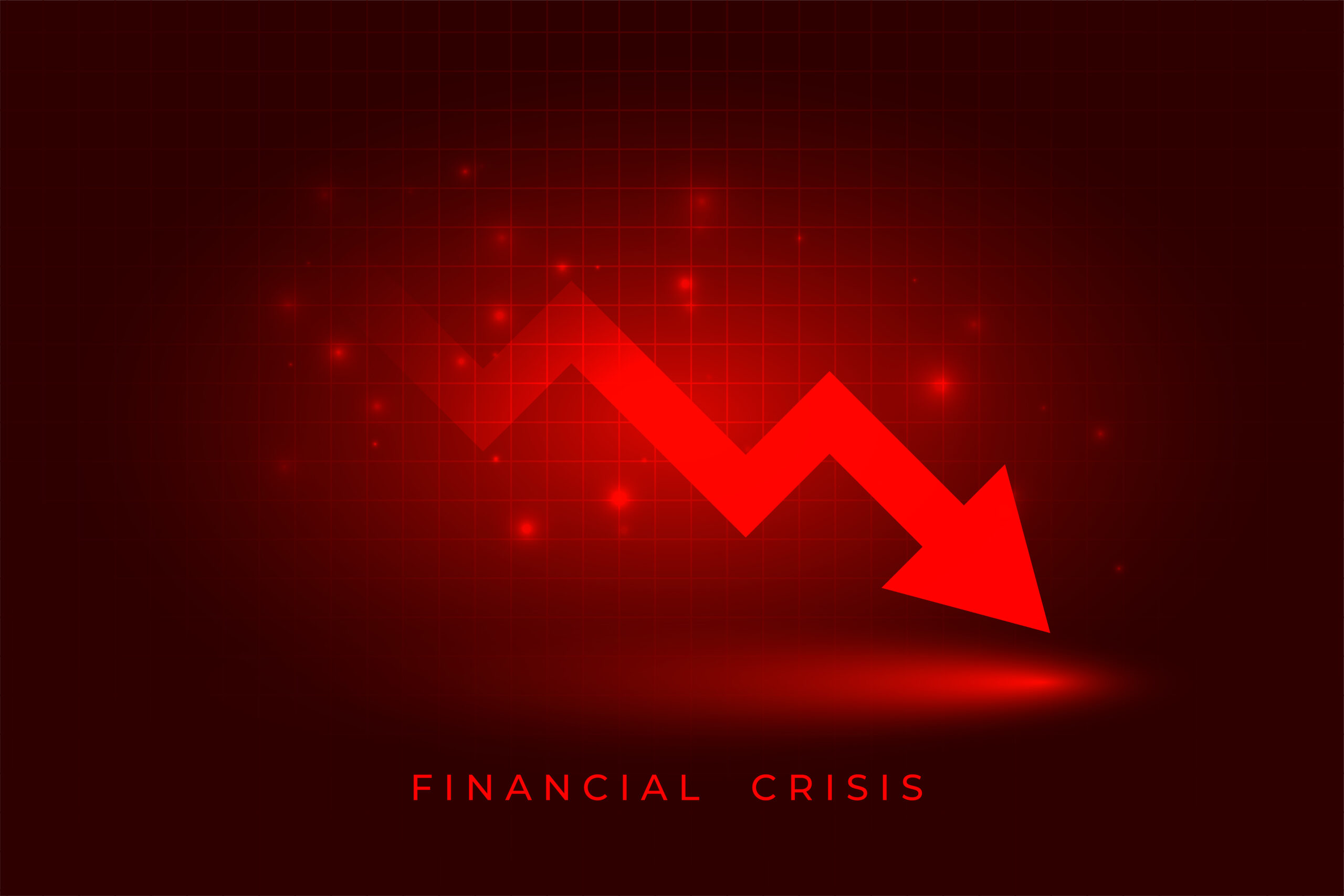As we entered Q2 of 2025, it’s safe to say that the markets have experienced a great deal of volatility, the likes of which we haven’t seen since the start of the Covid-19 pandemic in early 2020.
As major indexes fell in March/April, it looked increasingly likely that we would be entering bear market territory. Bear markets are described as downward trends in financial markets, whereby the value of stock and share prices drop sharply. From a technical standpoint, markets can be described as bear markets when share prices fall by 20% or more.
For investors, both new and experienced, bear markets, and indeed, any downward trend in the markets can be nervy. The basic goal behind investing is to watch your investment grow. During a bear market, that likely will not happen. As a result, this can spook investors, resulting in selloffs and sharp losses. As an investor, you likely want to avoid that.
Here are five reasons to hold your nerve during a market downturn.
Markets Do Recover
During a market correction, a sell-off, a bear market, or even a particularly harsh red day, watching the markets fall sharply can sting. The important thing to remember is not to act on instinct.
Many new investors tend to make the mistake of selling off their investments at the first sign of trouble. While you should never really sell in the red, their logic is to take the financial hit to mitigate any further losses.
Historically speaking, however, the markets have always recovered. Whether it’s the Wall Street Crash of 1929, the global financial crisis of 2008, the Covid-19 Pandemic in 2020, or Russia’s invasion of Ukraine in 2022, the markets have always recovered their losses and always bounce back.
During a market downturn, the best thing to do is simply hold your nerve, put it out of your mind, and wait for the financial recovery which is virtually inevitable.
Market Recoveries Tend to Happen Quickly
Another reason to hold your never during a market downturn is due to the fact that market recoveries tend to happen fairly quickly following a so-called “crash”.
While the media tend to overhype steep falls in the stock market, and can be accused of scaremongering, you often find that the markets tend to rally and stage financial recoveries fairly quickly after a crisis.
If you were to panic during a downturn and sell off your remaining investments in the red, you may find that you miss the recovery. While you can buy back in, the most dramatic recoveries often happen quickly, in the matter of days, or even hours in some instances.
In early 2022 for example, the FTSE 100 in the UK fell by more than 4% in one day following the Russian invasion of Ukraine. The following day, however, it was up by nearly 4%, meaning it recouped nearly all of its losses in one day. If you had sold during that selloff, you would have missed the recovery the following day.
Market Downturns Present Great Opportunities
Warren Buffet, the man whom many consider to be the greatest investor of all time, coined a very well-known saying which goes something along the lines of ‘be fearful when others are greedy, and be greedy when others are fearful’,
What that quote basically means is that, while most see a market downturn as a crisis, a seasoned investor could see it as an opportunity.
During a market downturn, share prices typically fall. This means that you can purchase more individual units when the markets are in the red. The more units you have, the more money you stand to make when share prices increase once more.
While there’s a great deal more to investing than this, the very basic premise is to buy low, and sell high.
Balanced Portfolios Help to Mitigate Sharp Losses
Even though market downturns tend to result in steep drops across the board, if you diversify your portfolio and balance it with a healthy selection of different stocks, shares, or funds, you’ll find the value of your investment won’t fall as steeply as it could.
Rather than putting all your metaphorical eggs into one basket, it’s always best to diversify and balance your portfolio to help maximize profits and mitigate losses.
Say for example, you put all of your money into one individual company, Apple for example, that means that the value of your investment would depend solely on that one company. On the flipside, if you invested in an ETF (Exchange Traded Fund) consisting of hundreds of units in a number of different companies, this would help to offset some of your losses. If tech stocks were taking a hammering for example, but emerging markets were doing well, any shares you had in emerging markets would help to offset the losses you saw from your tech stocks.
Downturns Are Part of Investing
Finally, when it comes to investing, if you wish to make some serious money you need to accept the fact that downturns are part of investing.
Of course, investors like to see the markets in the green, but red days are an everyday part of investing. Not only that, but red days, market corrections, and even bear markets, can be good for the markets in the long run.
When you see the markets are down, hold your nerve, don’t panic, and don’t worry. Simply bide your time and wait for the recovery which will inevitably follow, whether it’s days, weeks, months, or even years later.
*Disclaimer – This is not financial advice. If you wish to seek professional financial advice, contact a professional. Please be aware that investment values can down as well as up. Only invest what you can afford to lose.

